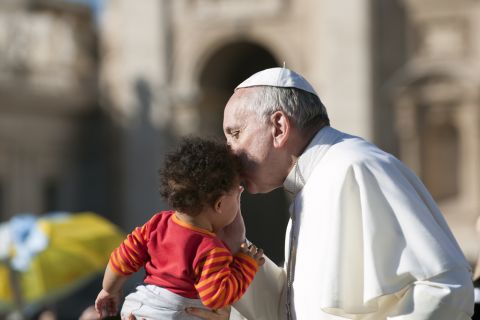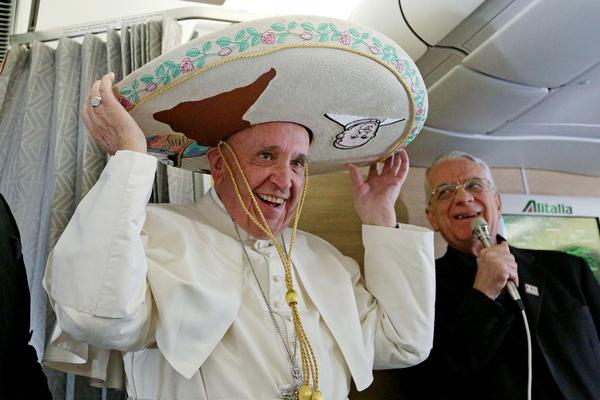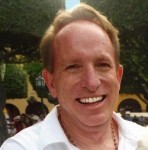As a child, I gamboled off each morning 10 blocks (yes, even in the snow!) to the local public grade school to play in their gym until the public school system bus arrived to schlep us off to the Holy Name of Jesus grade school. From there, throughout high school, my Catholic school’s sport teams, debate clubs and bands competed with the public schools.
Imagine my surprise when years later my kids attended a private school in North Carolina. Here, not only did the public school bus not let you on, all your activities with other schools only happened with other, secular, private schools. The result being every middle school basketball game requiring hours on a private bus as there simply weren’t that many private schools.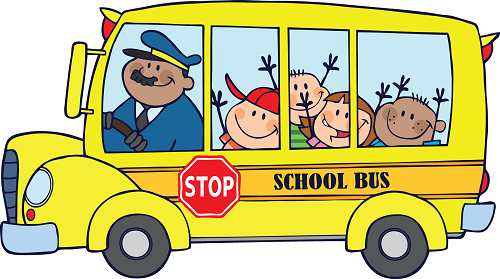
It is a small example of the difference in the Church’s influence in the North versus the South in United States. In Philadelphia where you lived could be answered with “In OLBS” meaning in the parish geography of the church and school for Our Lady of the Blessed Sacrament. (Sidebar: Despite my vast knowledge of Virgins, I still have no idea who she is.) In Charleston, SC you give your exact street number and address as the location on peninsula indicates your wealth and status, not what church you attend.
From the beginning, the Church and State were bound together in Mexico. The pope conferred powers upon the monarchy that gave it authority over all activities of the Church in New Spain (Mexico) except in matters of doctrine or in discipline of members of the clergy. The Crown nominated all clergy to their posts, however high or low. The Crown determined who and how many clergymen would go to New Spain. The Crown gave or withheld approval for each and every building in the colonies: each church, rectory, school, hospital.
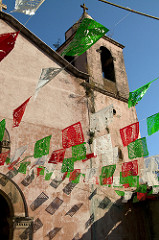 In return, the Crown was responsible the spiritual welfare of its subjects and was obligated to provide for the conversion and protection of all of the native inhabitants of New Spain. Regardless of whether locals wanted their spirituality managed by a conquering foreigner or not. Simply put, forced conversion was a job that exceeded the capability of the papacy.
In return, the Crown was responsible the spiritual welfare of its subjects and was obligated to provide for the conversion and protection of all of the native inhabitants of New Spain. Regardless of whether locals wanted their spirituality managed by a conquering foreigner or not. Simply put, forced conversion was a job that exceeded the capability of the papacy.
In many ways, the Crown and Church worked together. The Church determined who had become a citizen by virtue of baptism and had ceased being a citizen by virtue of receiving a Catholic burial. Clergy collected tithes, but then remitted two-ninths of it to the Crown.
Throughout the 300 years of colonial rule of Spain over New Spain, there were struggles of authority. There were also many disputes over ownership of property. At first, the Church was not allowed to own land, the major form of wealth, to buy it or to receive it as a gift. For the Franciscans in the 16th century, with their vows of poverty, this was no problem. But for all the other religious orders, property became a source of legal maneuvers and conflicting interests.
Even after freedom from Spain it took another century and revolution to allow indigenous to own land in the hopes of becoming self-sufficient.
So when I give tours, book readings and lectures, folk often ask “Why so much focus on the Church?” I have to, because what we do in today’s San Miguel all ties back to it. Like the institution or not, believe in its dogma or not, chances are the Church is why you woke up to fireworks or got stuck in traffic today. For me, understanding what goes on around you removes fear, and its cousin, anger, opening the door to more fully enjoying SMA.
Joseph Toone is the Historical Society’s short-story award winning author of the SMA Secrets book series. All books in the series are Amazon bestsellers in Mexican Travel and Holidays. Toone is SMA’s expert and TripAdvisor’s top ranked historical tour guide telling the stories behind what we do in today’s SMA. Visit HistoryAndCultureWalkin

